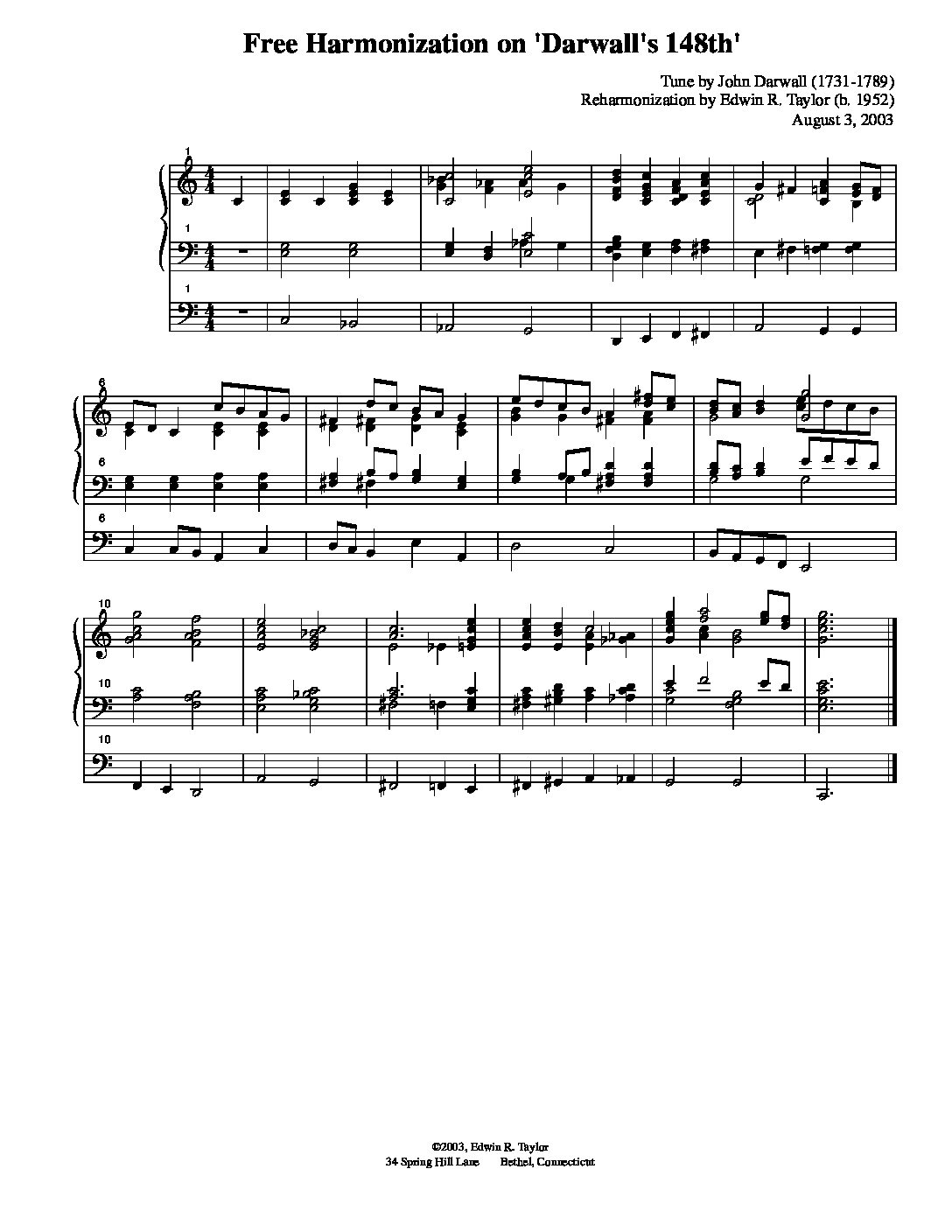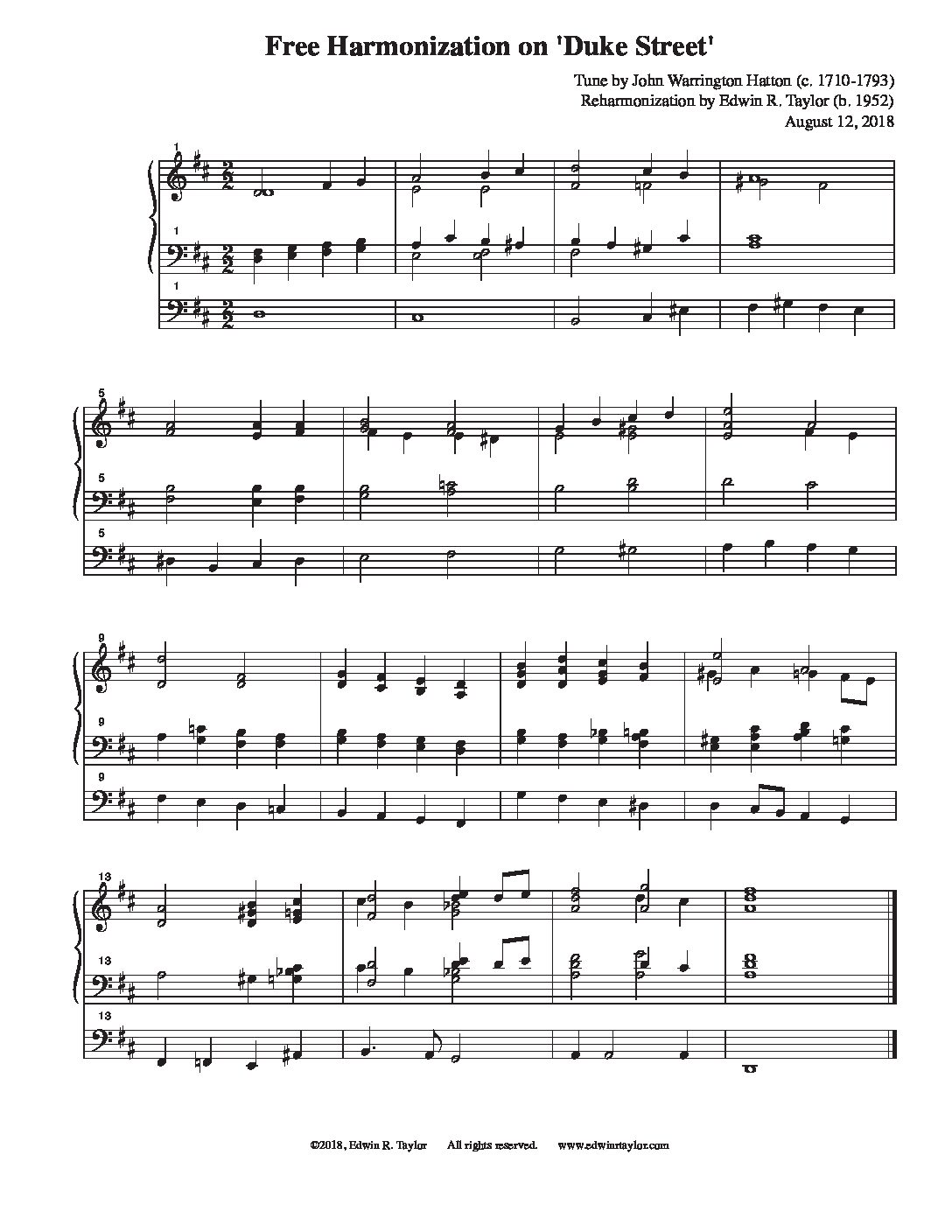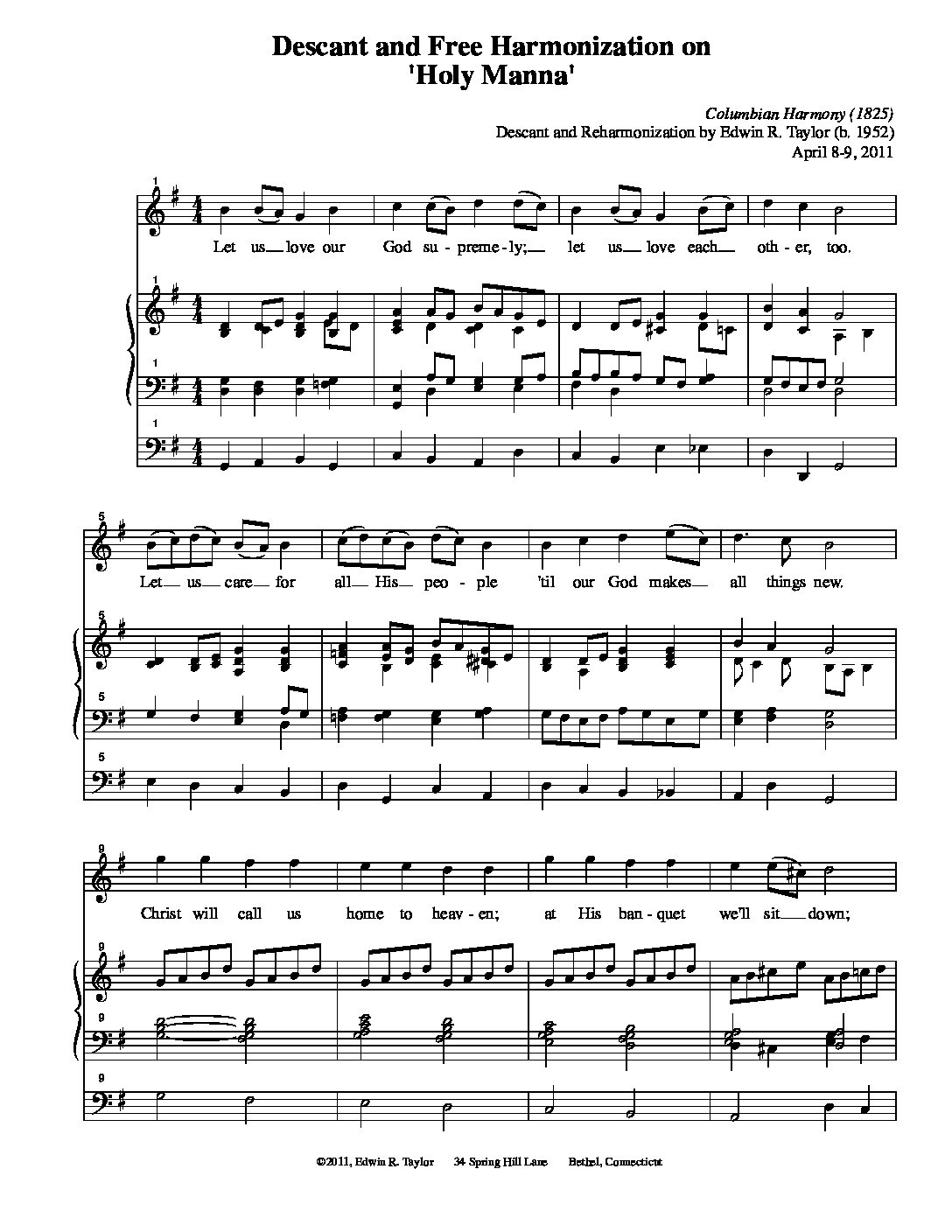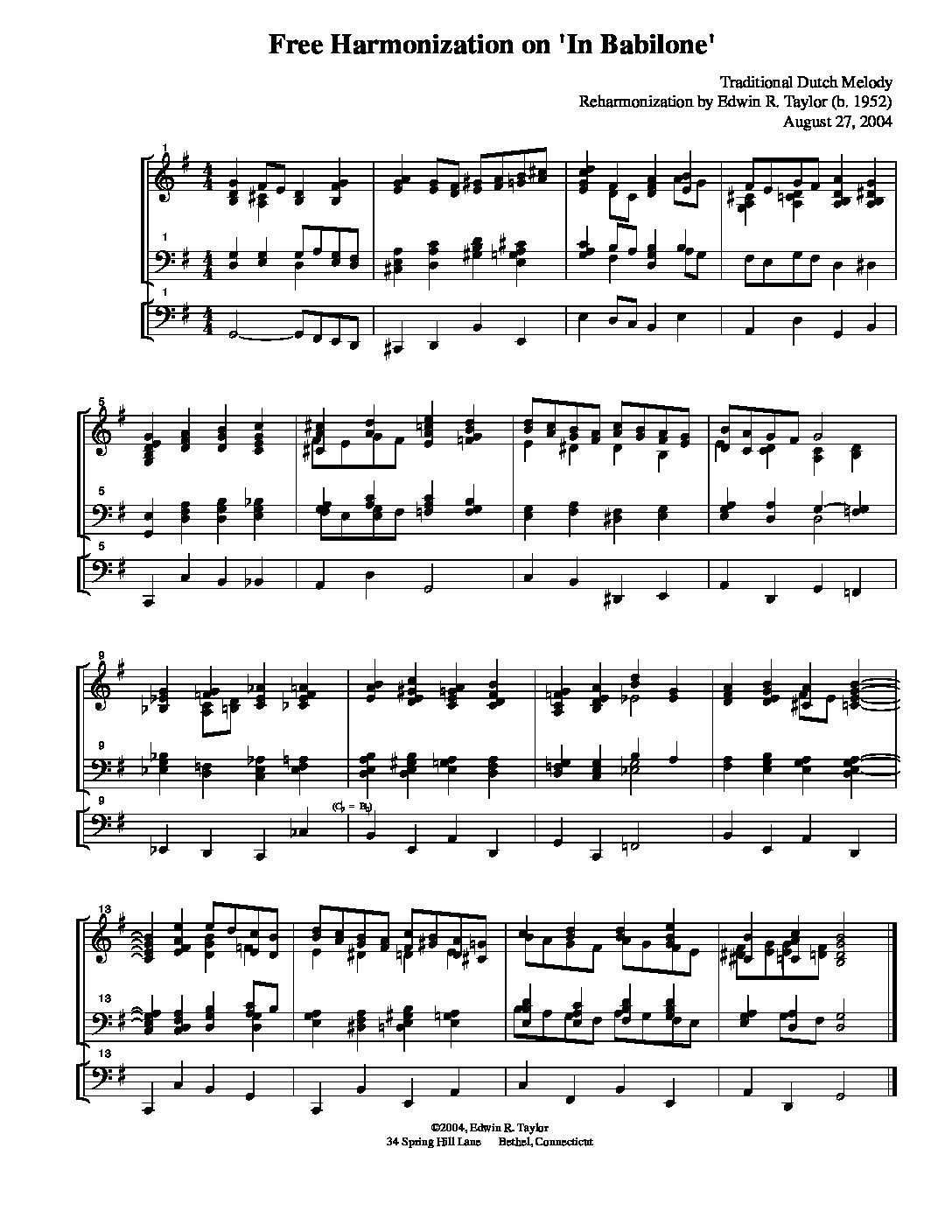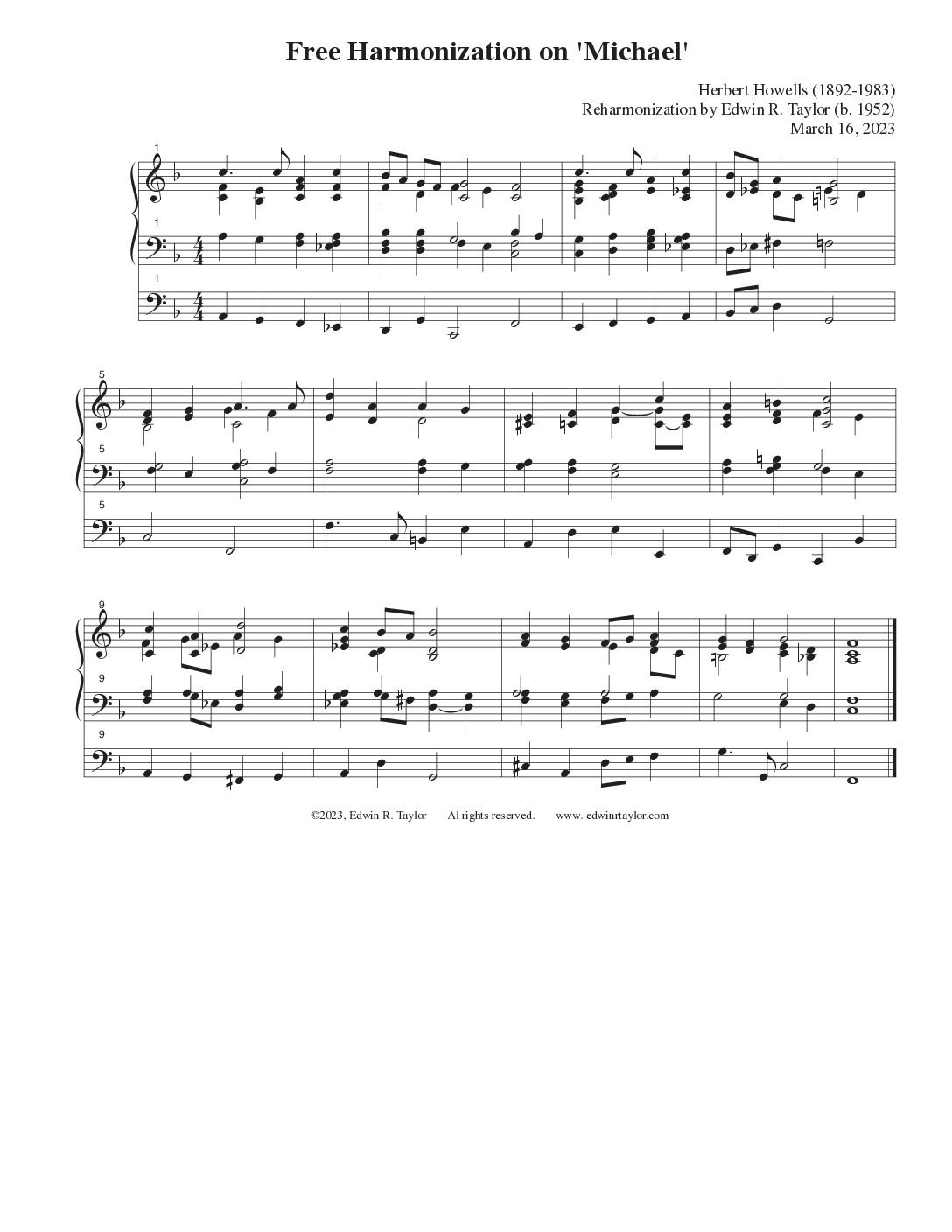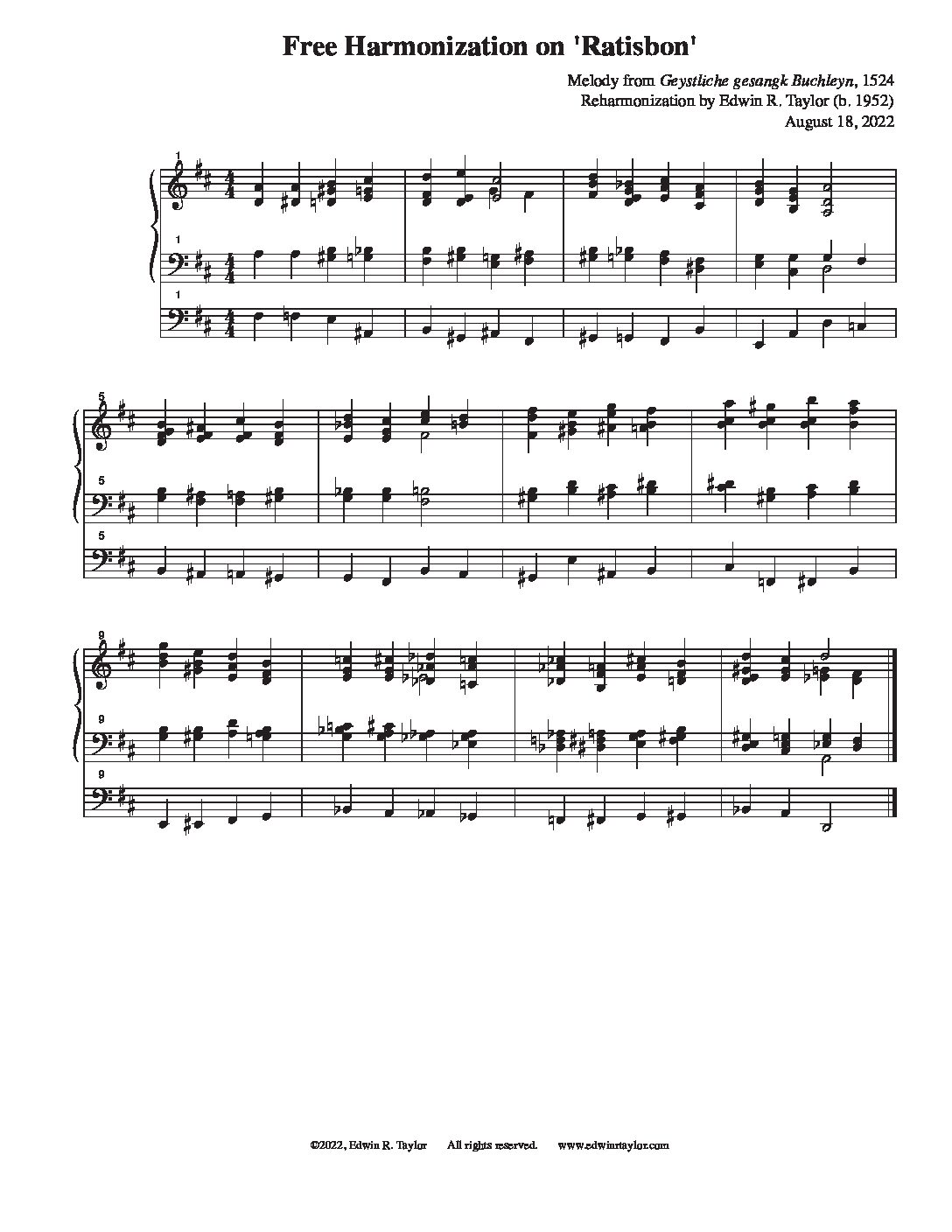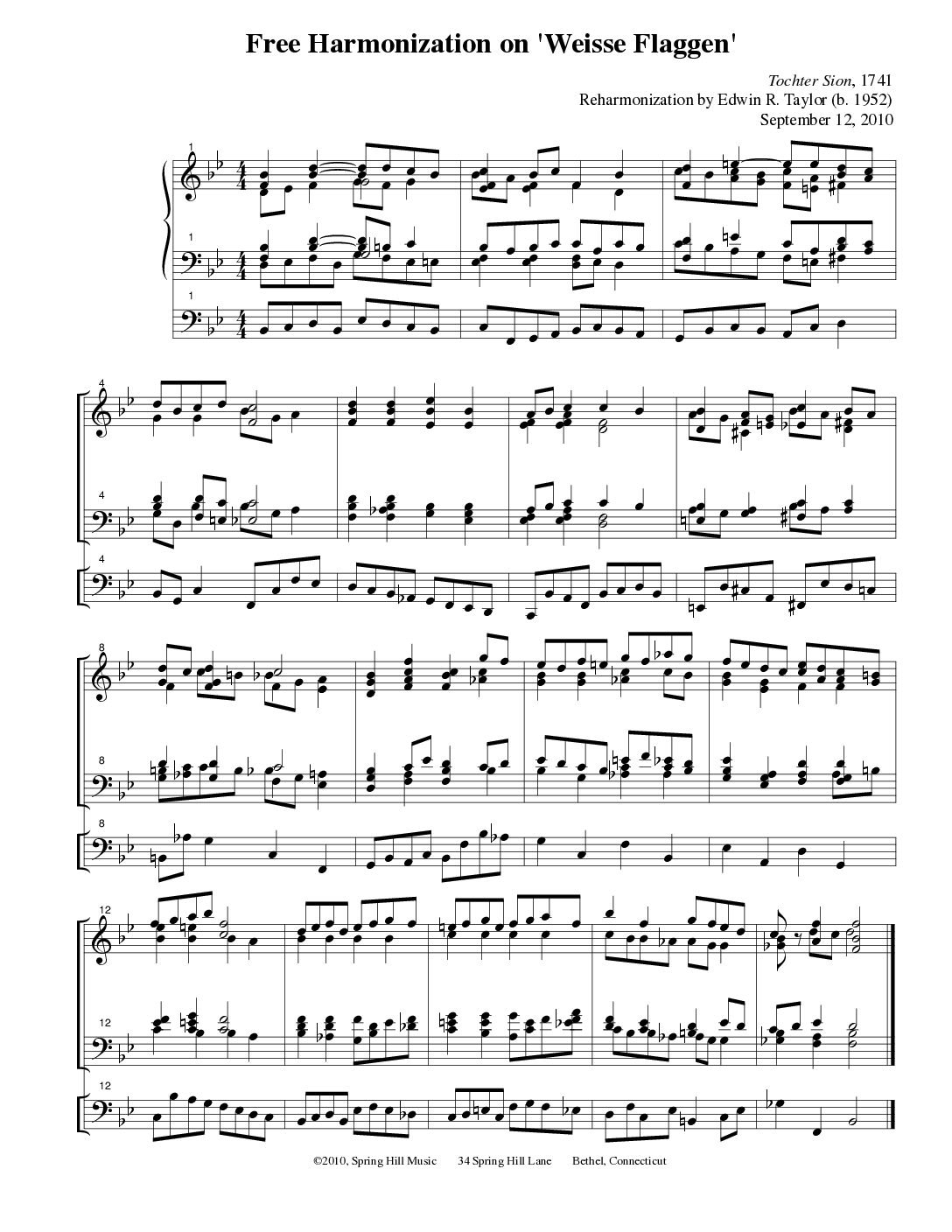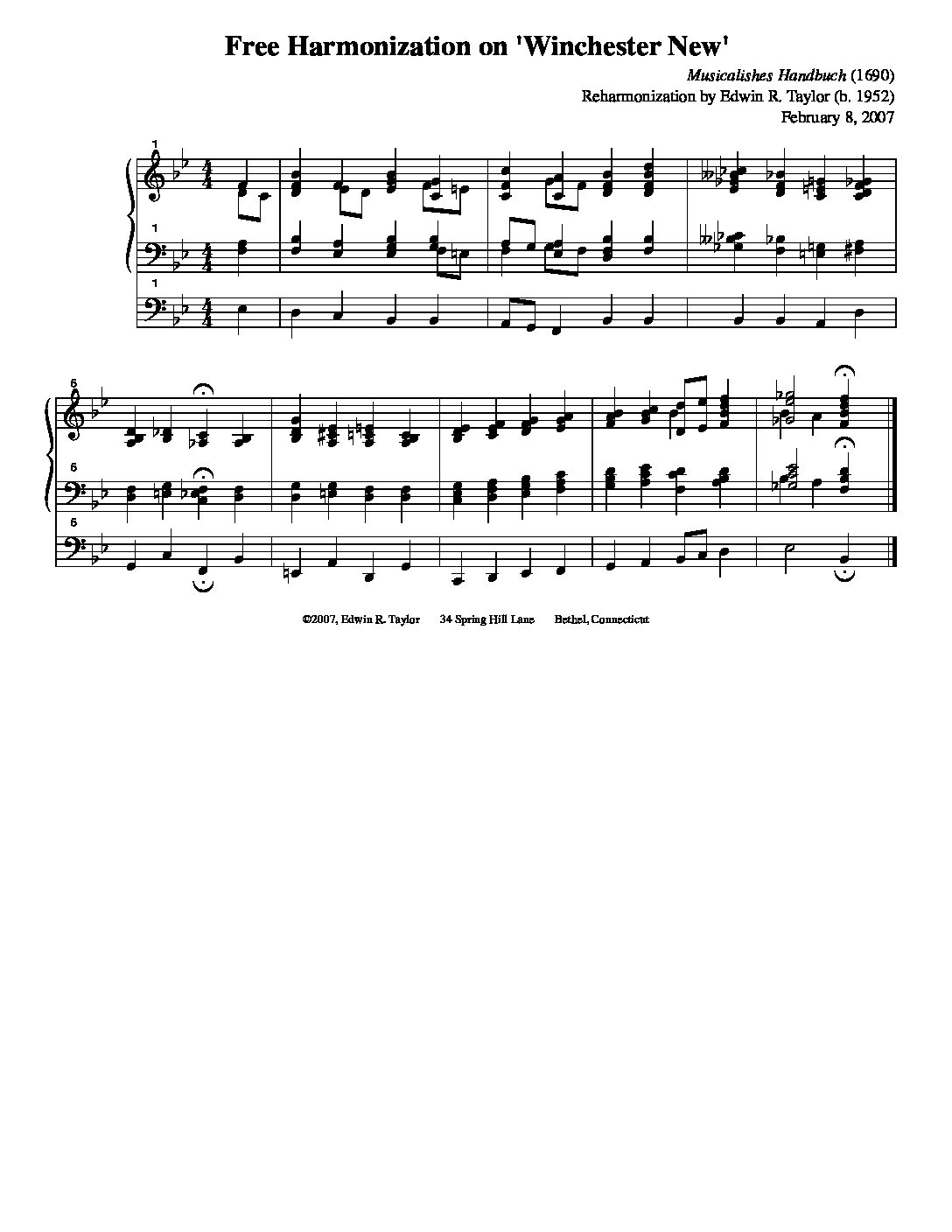Re-Harmonizations
Are you looking for new organ music, perhaps specifically fresh new hymn reharmonizations, to enliven and enrich your church’s hymn-singing? My hymn reharmonizations will give you, the organist, something to sink your fingers into while adding some harmonic fireworks to an old familiar hymntune.
Hymn Reharmonizations—often called free harmonizations or simply hymn harmonizations—are designed to be played by the organist to add sparkle, majesty, and energy to congregational hymn-singing, and are traditionally employed on the last verse of a hymn. While they can be an organist’s moment to shine, they do require that the choir return to singing in unison after, perhaps, having sung earlier verses in harmony. As in the case of chili powder, hymn reharmonizations make a wonderful spice when used at the right time, in the right place, and in the right amount. My hymn reharmonizations range from tame (where the original hymntune is heard clearly on top throughout) to utterly intricate (where the melody, if extant at all, is sufficiently woven and buried within incredibly inventive and sometimes illusory harmonies). Many of my hymn reharmonizations require serious practice, so I suggest having fun practicing them—and rendering them—as though they were a significant piece of organ literature…thankfully, though, in these instances, scarcely a minute or two in length.
Hymn reharmonizations are often an organist’s delight yet a congregation’s distress. Knowing your choir, knowing your congregation, knowing your own skills, and knowing when (and how often) to present a reharmonization of a hymntune will help them be an effective embellishment—and not a hindrance—to worship. I am blest to have served churches throughout my career in music ministry where my original hymn reharmonizations have been genuinely appreciated.
In the case of my hymn reharmonizations, I have often composed correlative descants so that the sopranos and tenors of your choir will also have some spice of their own to add to the final verse of the hymn. In the case of several of my ‘wilder’ reharmonizations, you will definitely want to rehearse your choir singing the hymntune (not to mention when augmented by the correlative descant) while you play the reharmonization. Note: 99% of my hymn descants ‘fit’ only with my reharmonization of the given hymntune.
Having grown up in a family of musicians, music was everywhere on every floor every minute of every day. Somebody was always practicing! I remember being captivated by my dad’s copy of T. Tertius Noble’s two books of hymn reharmonizations, so, when it would come my turn to practice, I would eagerly learn one or two of Noble’s treasures, then try them out at my first church (when I was 16). As a budding composer, the charge to ‘go and do likewise,’ however, soon became clear.
Surf through my hymn reharmonizations. Land on what you know to be a familiar hymntune. Listen to my reharmonization. Can you hear the hymntune ‘in there’? Can you sing the hymntune as the organ plays the reharmonization? Can you just imagine the effervescence and joy it could add to hymn-singing in your church?
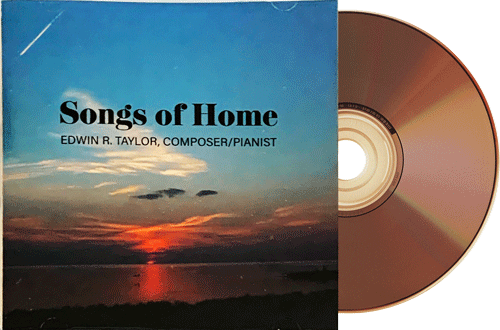
Songs of Home
- Released: 7/10/2018
- Label: Universal Sounds Group
- Format: Digital Download, CD
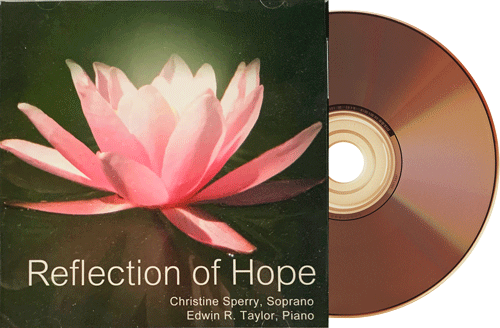
Reflection of Hope
- Released: 10/5/2005
- Label: Universal Sounds Group
- Format: Digital Download, CD



